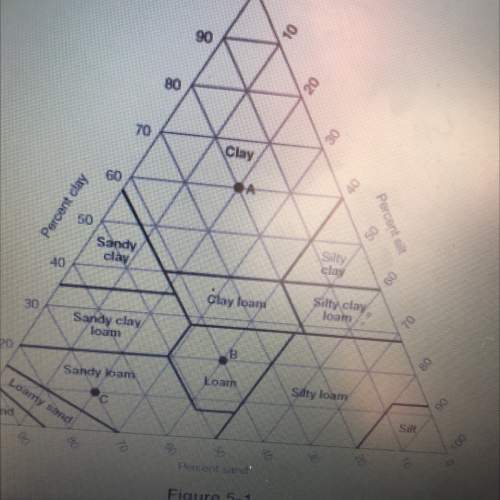
You have learned about how to sample a population and estimate size from density. In this
activity, you will: construct a model of a population, sample the population to determine its
density, then use its density to determine its size.
Part One: Construct the Model
Materials
1 piece of 8.5 by 11 in. letter paper
1 pen or pencil
1 ruler
50 small dry beans or other small objects such as buttons
1 small cup
Directions:
1) Use your pen or pencil and ruler to divide the paper into four equal sections.
2) Place the 50 beans into a small cup.
3) Scatter the beans as evenly as possible over the entire paper, making sure to get some of the beans into each section.
Student Name: Modeling Population Size
Part Two: Use the Model to Estimate the Size of the Population
In your model, each bean represents a starfish and the paper represents its ocean floor habitat.
1) Within the habitat, choose one of the four sections and count the number of starfish in that section.
2) Use your ruler to measure the dimensions of the section you chose and calculate the area
that you sampled.
3) Calculate population density based on your sample.
4) Use your ruler to measure the dimensions of the entire habitat and calculate the total habitat area.
5) Use your calculated population density and total area to estimate total population size.
6) Compare this estimation to your known population size (50). Did you under‐ or
overestimate based on your sample?

Answers: 3
Another question on Biology

Biology, 21.06.2019 20:10
Which process can increase the rate of greenhouse gas emissions into the atmosphere in response to a decrease in albedo
Answers: 1

Biology, 22.06.2019 02:00
Sara goes on a slingshot ride in an amusement park. she is strapped into a spherical ball that has a radius 3*10^2 of centimeters. what is the volume of air in the spherical ball? use this formula: volume of a sphere=4/3pi,r^3 , where r is the sphere’s radius.
Answers: 1


Biology, 22.06.2019 10:00
Suppose you use three different scale to weigh a bag of organges. one scale says the nag weighs 2.1 lb, and third says it weighs 2.1 lb. the actual weight of the bag of organges is 2.153 lb. which of the following best decribes these results?
Answers: 3
You know the right answer?
You have learned about how to sample a population and estimate size from density. In this
activity...
Questions

Mathematics, 11.10.2020 03:01


World Languages, 11.10.2020 03:01

Mathematics, 11.10.2020 03:01




Mathematics, 11.10.2020 03:01



Arts, 11.10.2020 03:01


Advanced Placement (AP), 11.10.2020 03:01


Mathematics, 11.10.2020 03:01


Mathematics, 11.10.2020 03:01


Advanced Placement (AP), 11.10.2020 03:01




